Food
Explore Gallup's research.
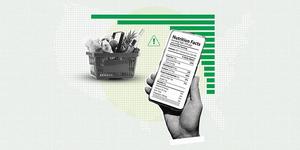
Most Americans consider their diet to be healthy, and many read nutrition labels. Yet, confidence in food safety oversight has hit a new low.
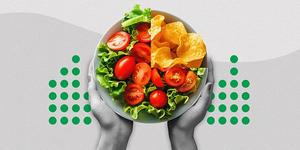
Although people worldwide were less satisfied with aspects of their eating experiences in 2023 than in 2022, most continued to enjoy their food and say it was healthy.
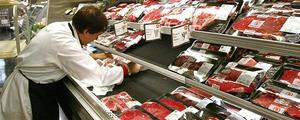
Americans' confidence in the federal government's ability to ensure the safety of the nation's food supply has reached an all-time low.

Globally, 58% of adults said they enjoyed cooking in the past week, though nearly twice as many women as men say this, according to a new study by the Ajinomoto Group and Gallup.
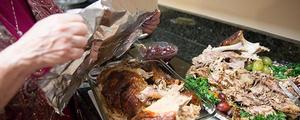
With the table set for Thanksgiving, Americans should look forward to how they are using their leftovers and how much food they will waste.

A Gallup and MITRE study shows date label confusion and leftover neglect are key contributors to food waste in the U.S.

A new Cookpad and Gallup study shows women worldwide continue to cook more meals each week than men do, but the "cooking gender gap" widened for the first time in 2022.

New research shows people who say the food they eat is healthy, enjoyable and part of a diverse diet are more likely to be thriving than people who do not.
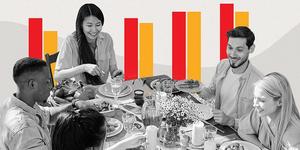
Learn about the influence of eating attitudes and behaviors on subjective wellbeing.

Gallup finds 4% of Americans saying they are vegetarian, in terms of their eating preferences, and 1% identifying as vegan.
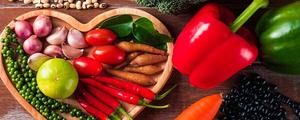
Results from the first round of the Global Diet Quality Project survey offer a lens into the ways diets around the world are unhealthy and where they are unhealthy.
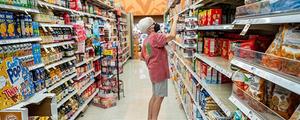
Americans are more likely now than they were a year ago to say they are grocery shopping both in person and online. They are also dining out more.

Cookpad's latest global report on home cooking trends sheds light on the important relationship between home cooking and people's lives, but more research is needed to understand it fully.

Russia and Ukraine are major grain exporters, and the war between them will likely result in interruptions of supplies and increased food prices. For many countries around the globe, this may result in increased political instability.
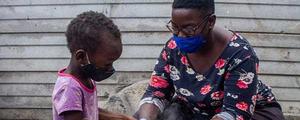
The latest "State of Food Security and Nutrition in the World" report shows major setbacks in food insecurity and malnutrition during the pandemic.

The COVID-19 pandemic has changed the way Americans get food, as several significant shifts have emerged since 2019.

Before the global pandemic, results from the latest Cookpad and Gallup study of home cooking trends show more people were cooking at home.


